Agrı Ishak Pasha Palace
Ishak Pasha Palace is more than a palace, it is a complex. It is the most famous of the palaces built in the last period after Istanbul Topkapı Palace.
The Palace, which was built on a hill on the slope of a mountain in the east, 5 km from Doğubeyazıt District, is the last major monumental structure of the Ottoman Empire in the Tulip Era. As well as being one of the most distinctive and distinguished examples of 18th-century Ottoman architecture, it is also of great value in terms of art history. According to the Takkapı inscription of the Harem Chamber of the palace, the date of construction is 1199 Hijri, 1784 Gregorian.
Since the ground where the palace building is located is the valley side, it is a rocky and hard place. Although it is in the center of the old city of Beyazıt, three sides (north, west, and south) of this structure are steep and inclined. There is a suitable plain only on the east side. The entrance gate of the palace is here. It is also the narrowest façade.
Since the palace was built in an age where castles lost their properties and firearms were available, its defense against the hills in the east is weak. The main gate is the weakest point in terms of defense. The main gate section is no different from the palaces established in Istanbul and Anatolia and is fabulous in terms of stonework and carving.
There are very few examples of historical palaces unique to Turks in our country today. One of them is Ishak Pasha Palace.
The palace has a feature that incorporates the architectural style of the Ottoman, Persian, and Seljuk civilizations. The palace was built in 1685 by II. İshak Pasha and Çolak Abdi Pasha from Çıldıroğulları, was given its final shape in 1784. The building was built on an area measuring approximately 115×50 m. It reflects the characteristics of Seljuk art with its portal reliefs on the east facade of the palace made of cut stone and decorations.
The palace consists of two courtyards and a collection of buildings in this courtyard. Some of the buildings in the first courtyard were destroyed. The second courtyard, surrounded by buildings on all four sides, has a rectangular plan. According to the entrance, there is a selamlık on the right and a harem behind it. At the end of these are mosques and tombs. The tomb was built in the Seljuk cupola architecture style. The palace section consists of two floors. All 366 rooms are located on these floors. Each room has hearths made of stone. The gaps in the stone walls indicate that the whole building had a central heating system. The council hall measures 20×3 m. Its walls and floor are of stone. Its walls are decorated with examples of Turkish calligraphy, verses, and couplets written in thuluth. It is understood from the couplet “İshak blessed the world with a great pleasure-One thousand hundred and ninety-nine years ago” here, that the palace was completed in 1784 Gregorian. The tomb in the second courtyard of the palace was made of cut stone. This octagonal tomb is in the shape of a cupola, a typical example of the Seljuk tomb architecture tradition, and has two floors. Its walls are decorated with geometric motifs. Çolak Abdi Pasha, İshak Pasha, and their relatives are buried in this tomb.

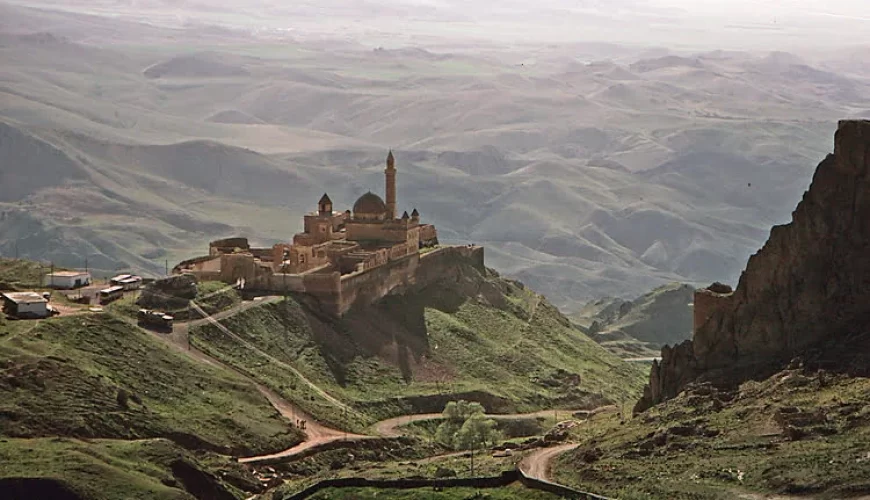


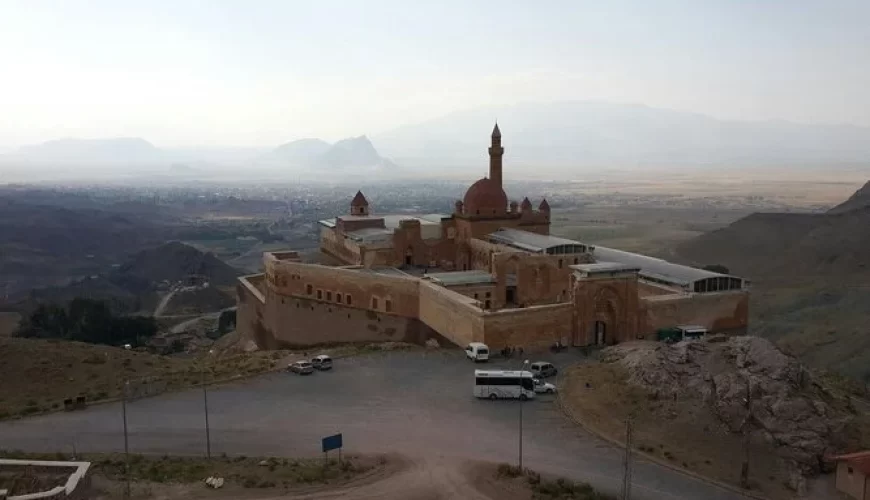

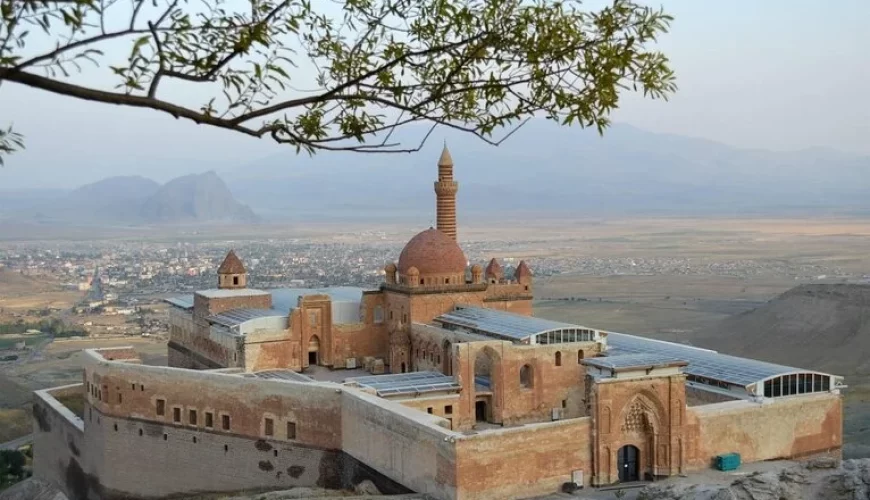
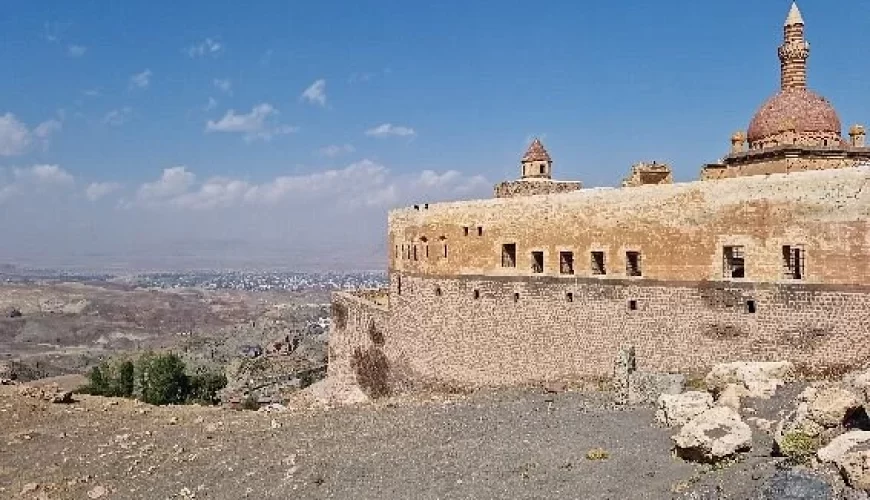

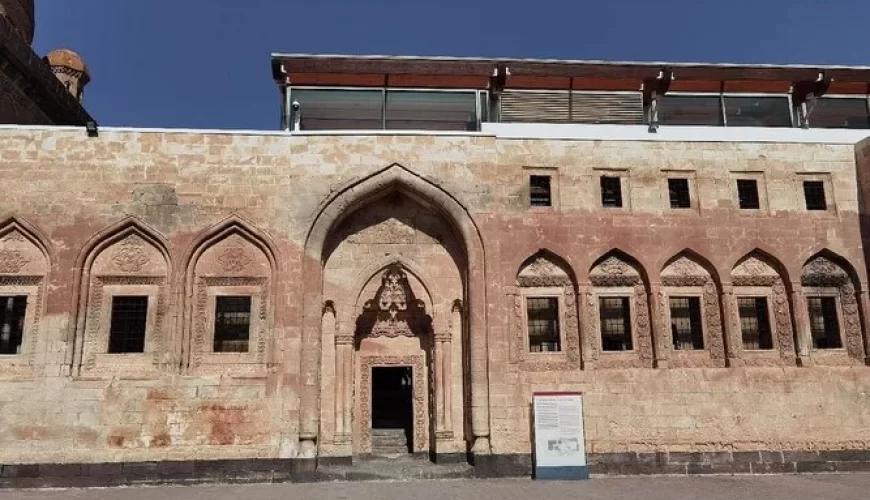
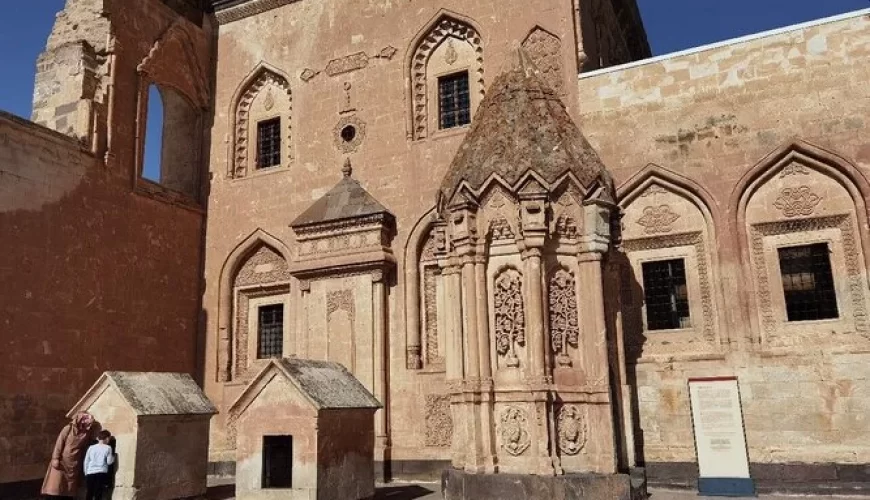
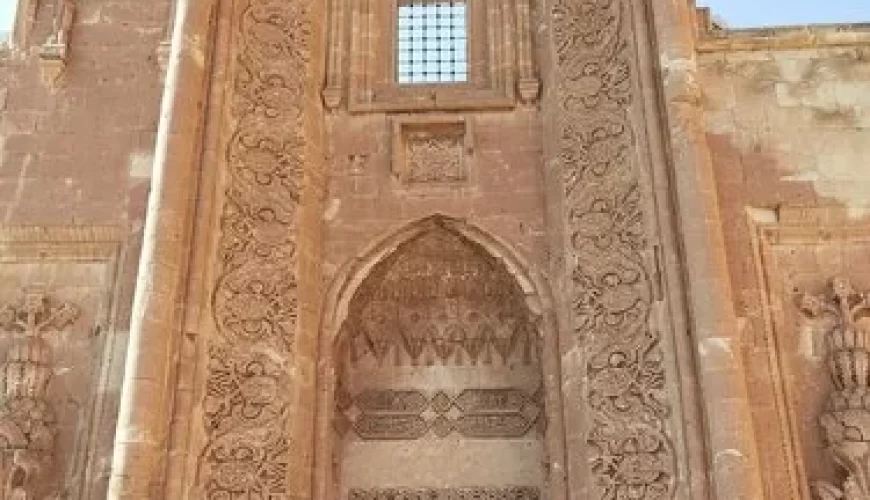
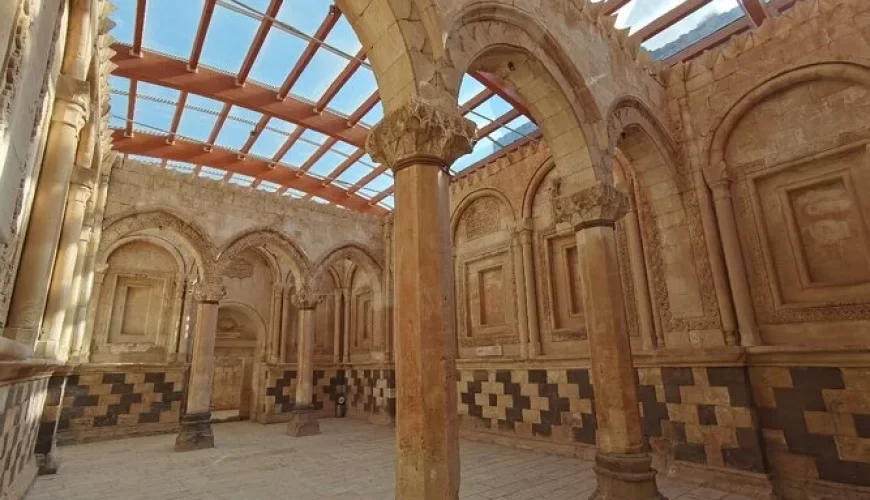
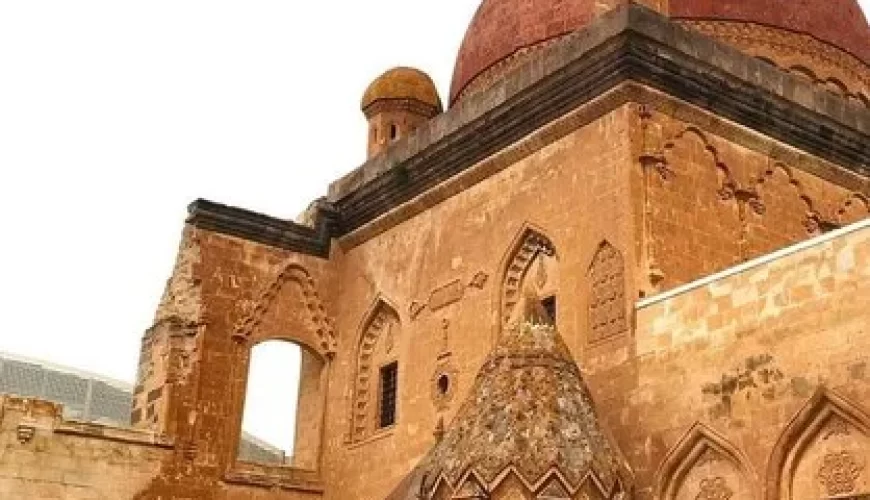
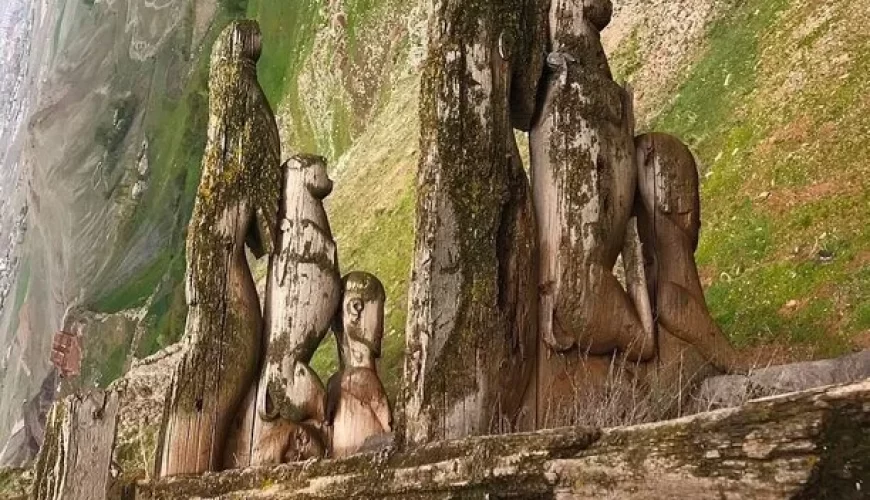
Comment (0)